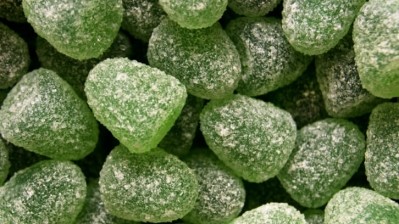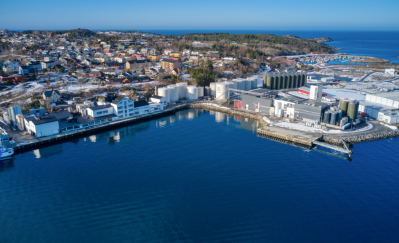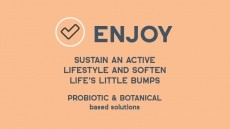GC Rieber on future of omega-3: Fish and algae go hand-in-hand

The company launched a DHA omega-3 offering earlier this year. The 700mg/g DHA VivoMega Algae Oil concentrate has a minimum of 90% triglycerides. The company is also working on developing lower concentrations to complement the portfolio.
“Fish and algae go hand-in-hand,” Simon Riise, business development and sales manager, GC Rieber Vivomega AS, told NutraIngredients-USA during a recent interview. “Fish is still a major source of omega-3 and will continue to be for a long time.
“We work with omega-3s and it’s great that there’s a new source, and the market accepts it as a new source.”
Algae-derived omega-3 has historically always been more expensive as companies struggled to achieve economies of scale, with algal oil products selling at up to a 20X multiple over fish oil for equivalent products. However, the economics of algae are changing, both in terms of process optimization and because fish oil prices have increased.
“The pricing of algae versus fish is getting closer, but from a wide difference to start with,” said Riise. “Algae is definitely more acceptable from a price perspective.”
Evolution and expansion
Founded in 1879, the GC Rieber Group first entered the fish oil space with cod liver oil back in the early 1900s. Up to 12 years ago, the company was one of the biggest suppliers of 18/12 [bulk] fish oil but has since been transitioning and now focuses on high concentration triglycerides.
“We’ve spent the last 10 years positioning ourselves at the top of the quality pyramid,” Ole-Johan Nekstad, sales manager, GC Rieber Vivomega AS, told us.
A $75 million five-year investment strategy was announced last year, which includes a 32,000 metric ton tank park as well as updated technology platforms at its current manufacturing plants. According to the company, the tank park has allowed it to adjust to existing challenges in the supply chain and is a vital strategic benefit in supporting new expansions.
The company expects to more than double output of its high-end triglyceride form of omega-3s EPA and DHA once the site is fully operational in early 2024.
The site will also allow for the processing of algal oil, which the company has been working with for three years. The first commercial production was achieved in November 2021.
“GC Rieber has been setting standards on quality, and we don’t differentiate or compromise on this just because it’s a different source,” said Riise. “We utilize technology we have paired with in-house knowledge has allows us to keep parameters very tight.
The technology in question is described as a “super light process” with goal of “treating the raw material as gently as possible to keep the quality throughout.”
The sustainability aspect is an important part of the algae conversation, said Riise. “Algae is not seasonal, it’s stable.”
According to market research firm Technavio, the global algae omega-3 ingredient market is expected to grow by over $797 million at a CAGR of 11.95% during the 2021 to 2026 forecast period, with 36% of the growth concentrated in North America.
















